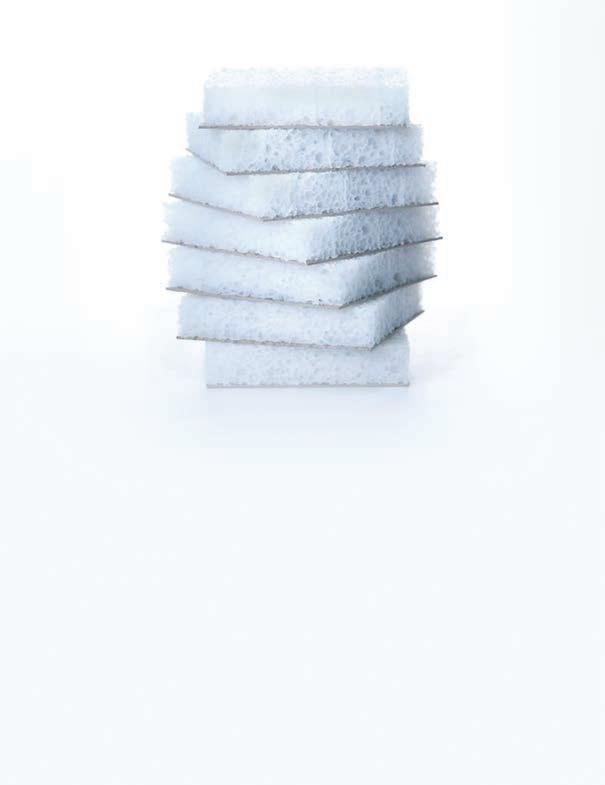
3 minute read
EDIBLE NOTABLES TRANSFORMING SHELLFISH TO FOAM
How Cruz Foam is repurposing food waste and helping keep plastics out of the ocean
BY ASHLEY OWEN
Advertisement
This is not a story about food you eat.
But it is a story about how food contains code for a more sustainable future. All it took to crack that code was two scientists and a shared love of the ocean. The result is Cruz Foam, a biodegradable packaging alternative made from chitin, the structural material found in shrimp shells as well as insects and fungi.
“Most of what goes into our material is a byproduct of industrial agriculture or seafood waste…but I do not recommend eating it,” says John Felts, CEO and co-founder of Cruz Foam. “It’s not going to cause you any harm, but it’s going to taste terrible; it has no flavoring.”
Waves Of Inspiration
Cruz Foam was first imagined by Felts and Marco Rolandi in 2017 at the University of Washington. Rolandi had been studying biomimicry, or ways to use naturally sourced materials for things like biomedical tools and plastics. When Felts started similar research on chitin, the two joined forces and later stumbled upon their first big idea, which originally had nothing to do with packaging.
“We really formed a more personal relationship, beyond academics, over our love of the ocean and surfing,” says Felts. “We knew this material had great properties, and the idea just popped into both of our heads—surfboards and foam. That was the lightbulb that kicked off the company.”
Love of the ocean and surfing not only catalyzed the first iteration of Cruz Foam, but it also brought the duo to Santa Cruz to continue their research and, of course, surf more. And Santa Cruz would prove to be the perfect place to test the waters.
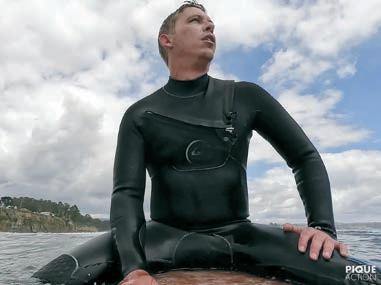
“When I decided to move to UCSC, I asked John if he was interested in continuing this research,” Rolandi says. “When John won the UCSC Grad Slam competition for presenting his work and placed second at the UC system-wide competition, he received so much enthusiasm that we decided to explore making this research concept into reality.”
For a year the team went all in on surfboards—finessing the foam, building prototypes (which of course had to be tested) and conducting market research. Then one crucial conversation between the two founders and Toby Corey, longtime adviser and current chief operating officer, changed everything. They realized their mission to address plastic pollution in the ocean was much bigger than surfboards. But, luckily, so was the potential for the product they had created.
Second Generation
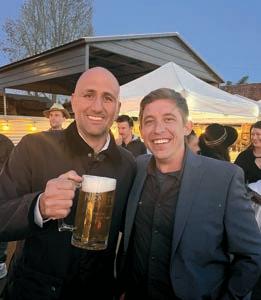
By 2018 they pivoted to making packaging materials, notably a biodegradable alternative to Styrofoam. The secret sauce remains chitin, the second most abundant organic compound on the planet. Cruz Foam’s first line of products replaces bubble wrap, bubble mailers, protective wraps and coolers. Demand is intense from all reaches of the world for use in sectors like wine, coffee, spirits and, at the top of the list, seafood.
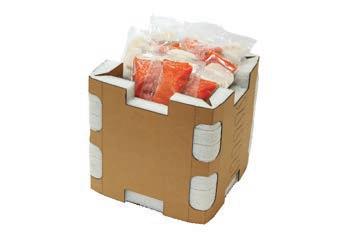
“It’s a great picture of the circularity of our product—we’re looking at how we capture waste, and there’s so much in the seafood industry,” says Felts. “Why not take that waste and create a package that then can ship salmon, lobster, even shrimp. And at the end of the day, the person receiving it has a complete system that works, not only for receiving the materials but the disposal and its returning to earth.”
Since hitting the scene, Cruz Foam has attracted the attention of not just businesses but also venture capitalists. Last October it raised $18 million in funding, even capturing the interest of actors Leonardo DiCaprio and Ashton Kutcher, who both serve as investors and advisers. This past February, Cruz Foam landed its first major partner, Atlantic Packaging, which will start rolling out products made with Cruz Foam later this year. The company has also grown to about 30 employees working out of three locations. In addition to its two existing Westside spots, Cruz Foam recently moved into a bigger facility in downtown Santa Cruz.
“Packaging is now part of the consumer experience,” says Felts. “There has been this gargantuan shift around how brands are looking at packaging now. We’re trying to understand where we can offer a high-value product and change how people look at e-commerce from the local to global level.”
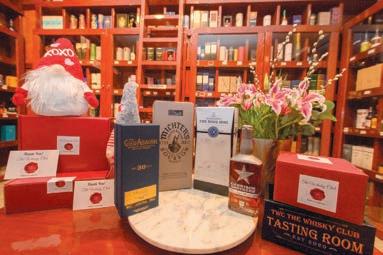
FOAM TODAY, GONE TOMORROW
With many recyclable plastics still winding up in landfills nowadays, Cruz Foam is focused on making truly earth-digestible products. The foam can be composted in backyards and industrial facilities, and the packages with foam with cardboard are curbside recyclable—as the foam dissolves in the cardboard repulping process.
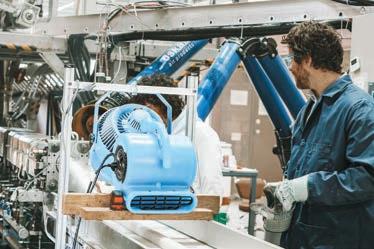
Some of the materials can live other lives too. Coolers, for example, can be reused—replacing disposable Styrofoam containers that typically disintegrate after a couple uses. The foam also makes a stellar soil amendment, and the team is studying its use in vertical farming and industrial agriculture.
While Cruz Foam has come a long way since the days of surfboards, the vision remains the same.
“My hopes for the future are that in 10 years, there will be no more beach cleanups needed as human-made products will re-integrate into soil and ocean ecosystems rather than landing as trash on our beaches,” says Rolandi.
And at the rate Cruz Foam is going, that dream might just be possible.
Ashley Owen is a writer and recent Massachusetts transplant. Her passion for learning about local food is only overshadowed by her passion for writing about it. Or maybe eating it. Safe to say, she is a lover of food and words, and also driving very fast in the left lane.









